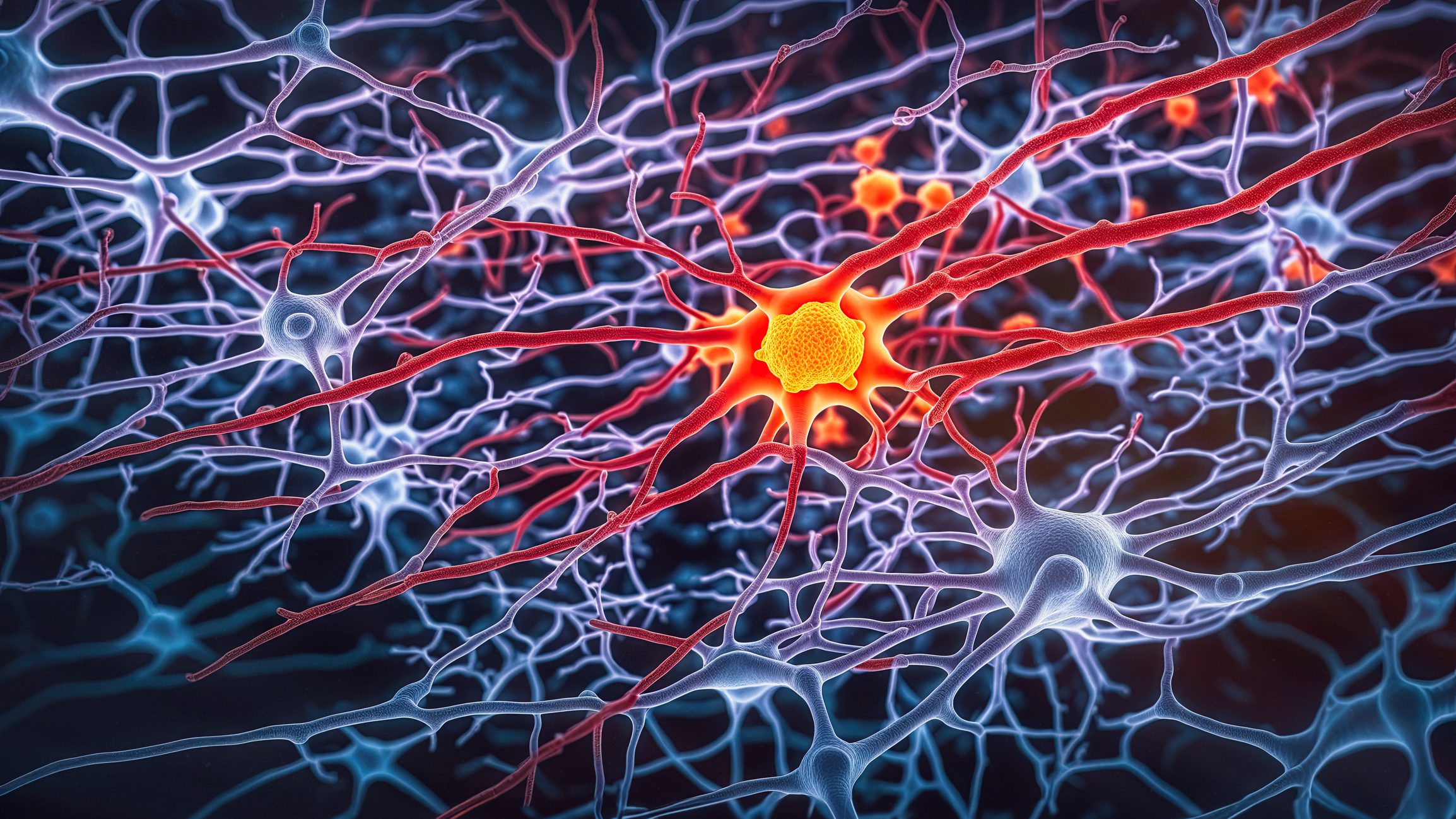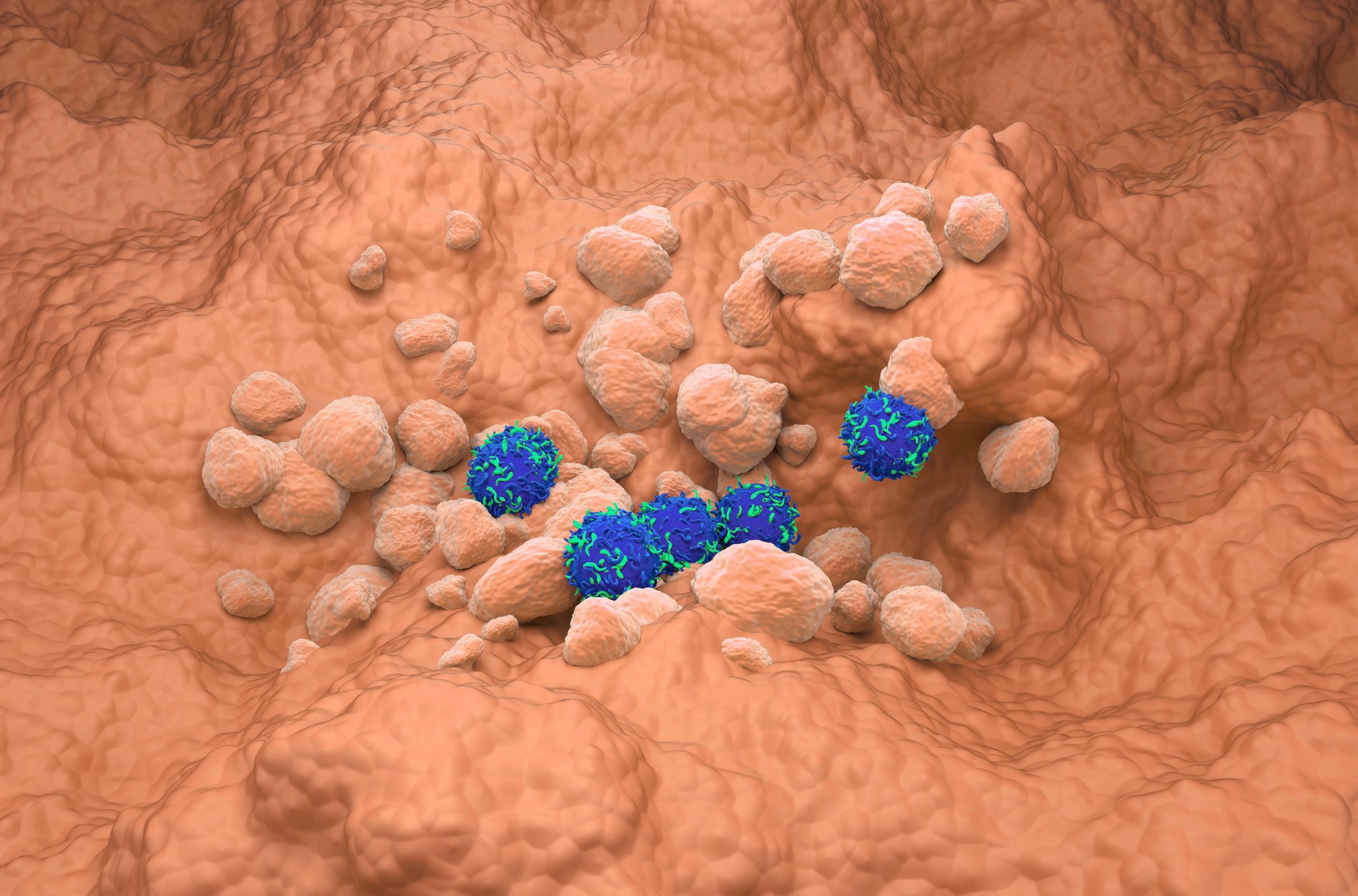Although there are currently no signs of an opioid crisis in Europe as in North America, the prescription of opioids has also risen sharply in Switzerland over the past twenty years. ETH researchers are working with the Cantonal Hospital of Baden to investigate how patients can avoid developing dependencies on opioid painkillers. To this end, a multidisciplinary team is developing recommendations on how opioids can be optimally tapered off in acute pain – an important topic for both patients and GPs.
The use of opioids is a much-discussed topic. “Internationally and nationally, we are seeing an increase in the number of dispensations of these important painkillers, which unfortunately also entail the risk of physical dependence and overdoses,” says Dr. Peter Wiedemeier, Chief Pharmacist at Baden Cantonal Hospital (KSB) and lecturer at ETH Zurich [1]. Opioids are often prescribed not only for tumor pain, but also for minor injuries to the musculoskeletal system. This is one of the findings of studies led by Prof. Maria Wertli, Head of Internal Medicine at the KSB, and Prof. Dr. Andrea Burden, Head of the Pharmacoepidemiology Research Group at ETH Zurich [1].
Analysis of the current situation
Prof. Burden and Dr. Dominik Stämpfli, clinical pharmacist at Baden Cantonal Hospital and research associate at ETH, are investigating the risks of opioids and what can be improved in the administration of medication to ensure that patients benefit as much as possible from therapy. Side effects, the risk of overdoses or the development of drug dependency should be kept to a minimum [2]. This also includes the issue of re-hospitalization: complications after discharge from hospital that make a repeat hospital stay necessary should be avoided as far as possible. Opioids also play a role here, as an ETH master’s student under the supervision of Dr. Stämpfli and Prof. Burden was able to show in a data analysis: Patients who were still dependent on opioid painkillers at the time of hospital discharge had an increased risk of being hospitalized again within 30 days. “The results have shown us once again that we need to take better care of the patient group receiving opioids,” says Dr. Stämpfli [2].
Research project on tapering off opioids in hospital
While it is known that opioids are suitable for the treatment of acute or palliative pain, they are not suitable for the treatment of chronic pain over a longer period of time, as long-term use can increase pain sensitivity, slow down rehabilitation or lead to problematic opioid use. However, an analysis of health insurance data shows that of those people in Switzerland who receive medically prescribed opioids – excluding those who receive them for cancer treatment and as part of controlled dispensing for addiction – around a third take the medication for longer than a year [2].
With this in mind, a multidisciplinary team at the KSB involving hospital doctors, nurses and general practitioners is developing recommendations on how opioids can best be used in hospital. This also includes the question of how doctors can work together with nurses to ensure that patients can get off the drug again. “We shouldn’t leave patients alone with opioids, but rather provide them with better support,” says Prof. Burden [2]. This means, for example, that patients receiving opioids for the first time are already monitored more closely during their hospital stay and that dose reduction is started more quickly than before. “Ideally, the tapering process is already completed in hospital and patients can be discharged without opioids,” says Dr. Stämpfli [2].
| iPROACTIVE project: Transition from hospital to everyday outpatient life |
| The project “iPROACTIVE: Interprofessional Partnership in Reduction of Opiod-related Adverse Consquences Through InnoVative Efforts” aims to make pain therapies with opioids safer for patients during and immediately after hospitalization. An interprofessional team supports patients in their treatment and, where possible, in the reduction of opioids. “We want to apply the latest findings from pain therapy and clinical pharmacy and provide patients and their relatives with comprehensive information,” explained study pharmacist Marcel Rainer, Cantonal Hospital Baden. The first step would be to draw up guidelines for a situational and safe reduction of opioids. The transition from hospital discharge back into everyday life should thus be freed from uncertainties in drug therapy. The Swiss Association of Official and Hospital Pharmacists (GSAS) has provided funding for an interventional study to investigate the effect of closer monitoring. The study is being conducted with the help of the Clinical Trial Unit of the KSB and the Digital Trial Intervention Platform of ETH Zurich. |
| according to [1] |
What needs to be considered after leaving hospital?
Anyone who still needs opioid painkillers after leaving hospital should be given detailed information about the correct use of opioids either in a discussion or in writing. Patients and their GPs need to know how quickly medication can be optimally discontinued in the event of acute pain. “It’s not a question of no longer giving patients opioids, because they have a right not to have to suffer from excessive pain,” says Prof. Burden [2]. “It is more a question of sensible use of the medication, i.e. short-term use against acute severe pain, combined with a plan as to how the medication can be discontinued again” [2]. The iPROACTIVE project systematically investigates questions such as these (box) . The researchers are keen to remain in contact with doctors and nurses who care for patients in everyday clinical practice.
Literature:
- «Opioid-Studie: KSB gewinnt Ausschreibung für Fördermittel», 10.10.2023, www.kantonsspitalbaden.ch/Meta/News-Detail-Seite_100864.html, (last accessed 08.05.2024)
- «Schmerzen lindern ohne Abhängigkeit», ETH Zürich, 15.02.2024, https://ethz.ch/de/news-und-veranstaltungen/eth-news/news/2023/12/globe-schmerzen-lindern-ohne-abhaengigkeit.html, (last accessed 08.05.2024)
HAUSARZT PRAXIS 2024; 19(5): 22
InFo NEUROLOGIE & PSYCHIATRIE 2024; 22(3): 37












